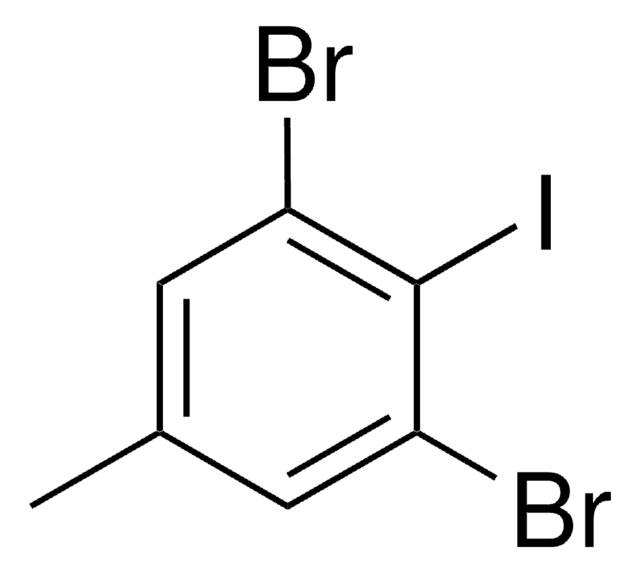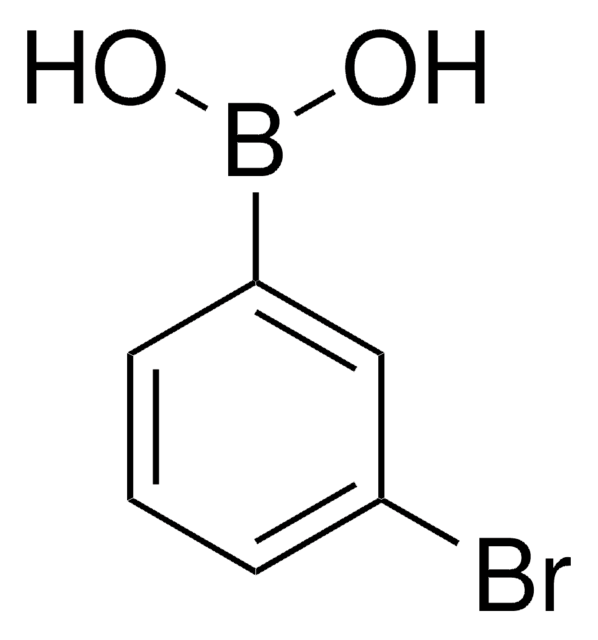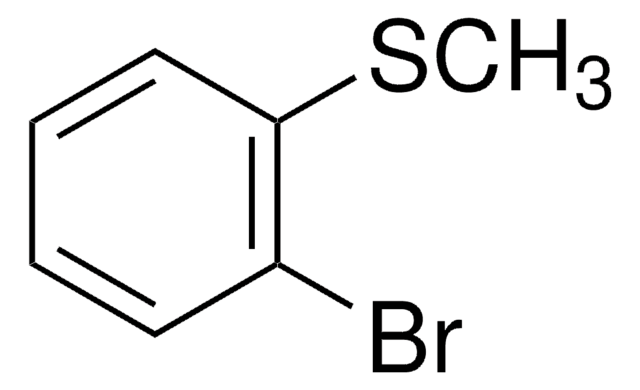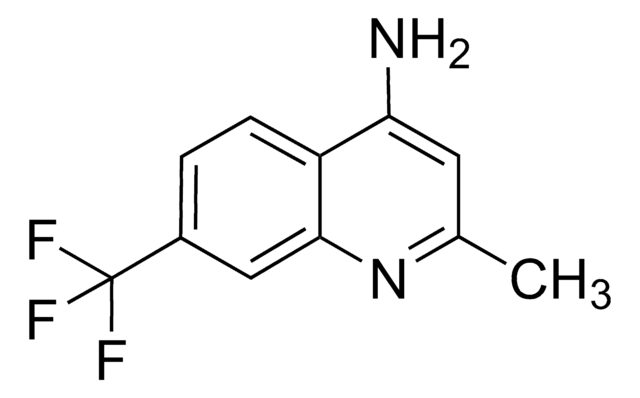479950
Aldolase Antibody 38C2, murine catalytic monoclonal antibody
average Mw ~150,000, powder (Lyophilized, contains pbs)
Sign Into View Organizational & Contract Pricing
All Photos(1)
About This Item
MDL number:
UNSPSC Code:
12352200
Recommended Products
antibody product type
primary antibodies
form
powder (Lyophilized, contains pbs)
mol wt
average Mw ~150,000
storage temp.
−20°C
Looking for similar products? Visit Product Comparison Guide
Application
Biocatalyst for aldol condensations, especially for the si-facial addition of aliphatic ketones to aldehydes. Antibody 38C2 catalyzes aldol, crossed aldol, retro aldol, decarboxylation of β-keto acids, self aldol, and Robinson annulations. The biocatalyst can accept a variety of substrates with different physico-chemical properties.
Not finding the right product?
Try our Product Selector Tool.
Kit Components Only
Product No.
Description
- 10 mg
- 5-6.5 mg
- antibody 10 mg
- phosphate buffer salts 5-6.5 mg
Certificates of Analysis (COA)
Search for Certificates of Analysis (COA) by entering the products Lot/Batch Number. Lot and Batch Numbers can be found on a product’s label following the words ‘Lot’ or ‘Batch’.
Already Own This Product?
Find documentation for the products that you have recently purchased in the Document Library.
R A Lerner et al.
Science (New York, N.Y.), 252(5006), 659-667 (1991-05-03)
Immunochemistry has historically focused on the nature of antigenicity and antibody-antigen recognition. However, in the last 5 years, the field of immunochemistry has taken a new direction. With the aid of mechanistic and synthetic chemistry, the vast network of molecules
J Wagner et al.
Science (New York, N.Y.), 270(5243), 1797-1800 (1995-12-15)
Antibodies that catalyze the aldol reaction, a basic carbon-carbon bond-forming reaction, have been generated. The mechanism for antibody catalysis of this reaction mimics that used by natural class I aldolase enzymes. Immunization with a reactive compound covalently trapped a Lys
P Wirsching et al.
Science (New York, N.Y.), 270(5243), 1775-1782 (1995-12-15)
For almost 200 years inert antigens have been used for initiating the process of immunization. A procedure is now described in which the antigen used is so highly reactive that a chemical reaction occurs in the antibody combining site during
Our team of scientists has experience in all areas of research including Life Science, Material Science, Chemical Synthesis, Chromatography, Analytical and many others.
Contact Technical Service








